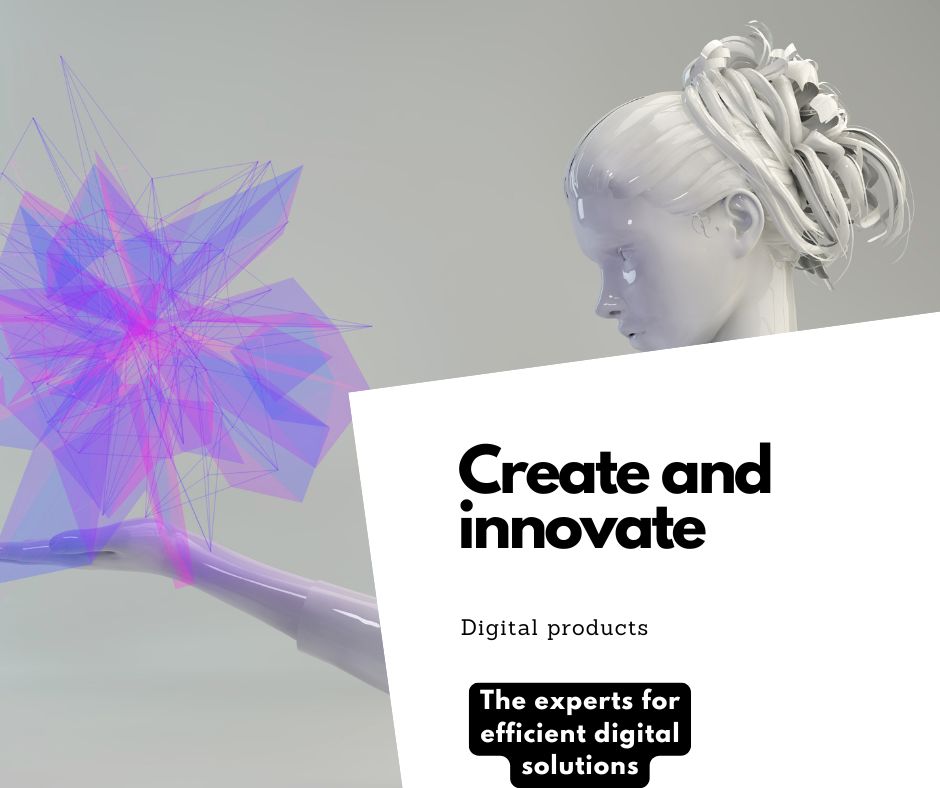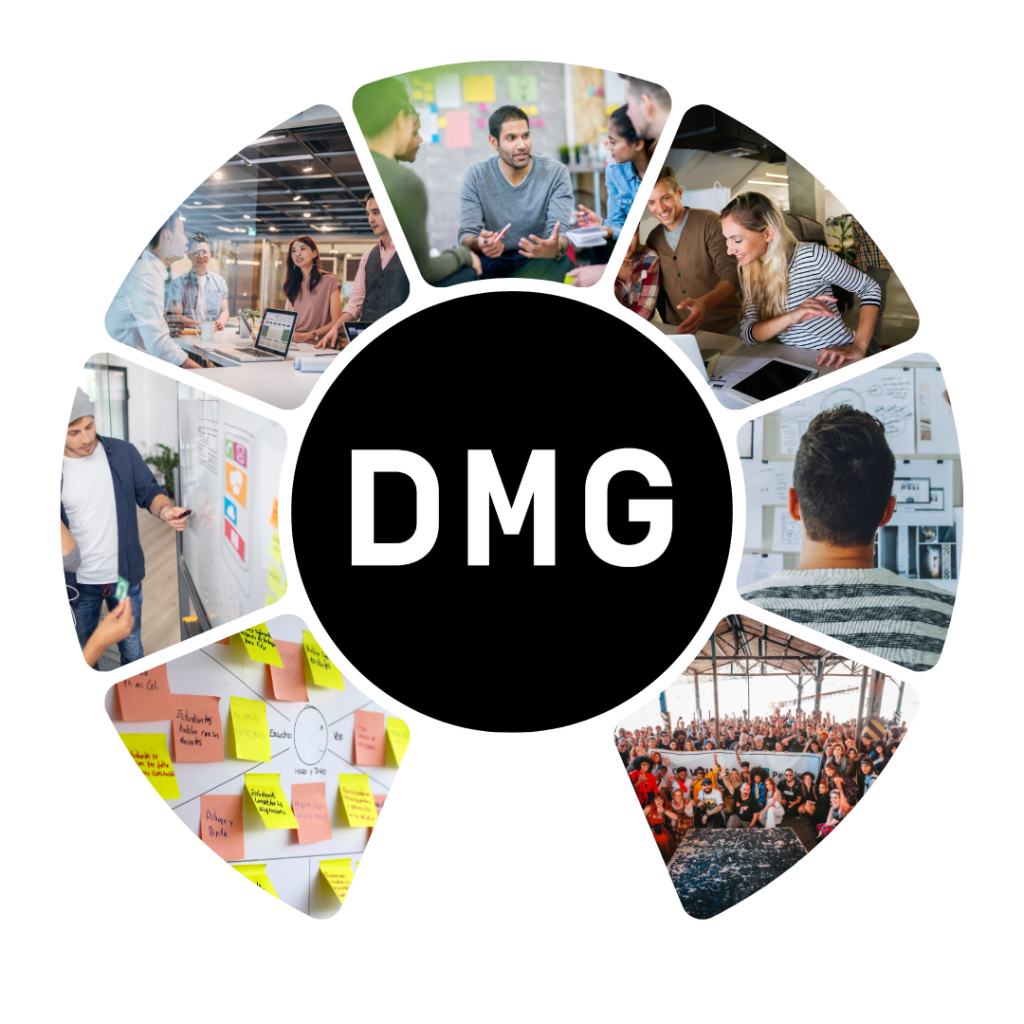5 steps to a successful digital solution: how start-ups can get off the ground without their own development team

Many start-ups face a key challenge:
There are great ideas, but not always the resources to implement them technologically.
The question arises as to how you can develop a digital solution quickly and efficiently, especially if you don’t have your own large development team. The good news is that there are tried-and-tested ways in which even young companies can successfully launch digital products or services on the market with few or no in-house developers. In this article, we show you how this can be achieved in five clear steps.
Step 1: Define vision and requirements
Before you start the actual development, you need to have a clear idea of what you want to build. A detailed plan is the basis for your success.
Define core idea
What is the main problem that your digital product should solve? How will it help users? Define the core functions and what goals you want to achieve with it.
Understand your target group
Who will use your product? What needs and expectations do your potential customers have? A thorough analysis of the target group helps you to prioritize the requirements correctly.
Create a feature list
Write a list of the necessary functions. This should contain both basic features and long-term extensions. Prioritize the most important functions first in order to quickly create an MVP (Minimum Viable Product).
Step 2: Choose the right partner: Staff augmentation or project outsourcing
Without an internal development team, startups have two strong options for implementing their ideas: Staff Augmentation and Project Outsourcing.

- Staff augmentation
With staff augmentation, you temporarily expand your team with external developers who integrate directly into your processes and your company. This option gives you a lot of control and flexibility. You retain project management and coordinate directly with the developers, which enables close collaboration and ensures that the vision and requirements of your project are clearly communicated. - Project outsourcing
If you don’t want to take care of the project management and technical details yourself, you can outsource an entire project to an external service provider. The outsourcing partner takes responsibility for the planning, development and delivery of the solution. This option is particularly advantageous if you need results quickly without overburdening internal resources.
Step 3: MVP approach: quickly to the prototype
A key success factor for start-ups is the rapid market launch of a functional product. Instead of developing a perfect solution from the outset, you should first aim for a minimum viable product (MVP). An MVP is a simplified version of your digital solution that includes the core functions and allows you to quickly gather feedback from the market.
- Test and validate quickly
With an MVP, you can react quickly to the market and gain important insights into how your solution is received by users. This allows you to receive direct feedback and make adjustments before you invest in full development. - Save costs and time
By focusing on the essential functions, you avoid developing unnecessary features that may not meet the needs of your users. This saves you valuable time and resources that you can better invest in improving the product.
If you don’t have the internal resources to develop an MVP, it’s crucial to choose an experienced development partner. Make sure that this partner has extensive knowledge of MVP development and is able to work quickly to realize your vision efficiently.
Step 4: Agile project management and regular iterations
As soon as development starts, you should rely on agile project management. This means that your product is developed in short cycles, with an executable version being created after each cycle (often referred to as a “sprint”).
- Obtain regular feedback
Agile methods allow you to continuously incorporate feedback from the market and users into product development. After each sprint, you receive valuable insights that help you to adapt the product to the needs of your target group. This promotes iterative improvement and ensures that you are always heading in the right direction. - Flexible adjustments
Agile methods allow you to continuously incorporate feedback from the market and users into product development. After each sprint, you gain valuable insights that help you to adapt the product to the needs of your target group. This promotes iterative improvement and ensures that you are always heading in the right direction. - Work closely with your partner
Close collaboration with your development partner is crucial to ensure that the work is well coordinated and remains aligned with your business goals. Regular meetings and open communication channels are essential to keep the vision of the project clear and clear up any misunderstandings early on. This keeps the whole team on track and allows them to work together to achieve the desired results.
Step 5: Scaling and building long-term partnerships
After the successful MVP phase, you can further develop and scale the solution step by step. Strong partnerships with development teams are crucial for start-ups that want to be successful in the long term.
- Expand your team
As the product grows, you can either continue to rely on staff augmentation to bring in more developers or establish a long-term collaboration with an outsourcing partner. The decision depends on your specific needs, resources and desired control over the development process.
Example: “Working with external developers has helped us to react quickly to market changes without having to overload our internal team,” says Max, CTO of an up-and-coming start-up. - Plan maintenance and updates
Digital solutions need to be continuously updated and maintained. It is important to plan long-term how you can keep your solution up-to-date and competitive. This includes regular maintenance work, security updates and incorporating user feedback to improve functionality.
Example: “We learned early on that maintenance and regular updates are just as important as the original development. This is the only way we can remain relevant and offer our users real added value,” emphasizes Sarah, Product Manager at a technology start-up.
By taking these strategic steps, you can ensure that your product not only grows, but also remains successful in the long term.
Conclusion: How to develop digital solutions for start-ups without your own development team
Start-ups without their own development team have the opportunity to develop high-quality digital products quickly and cost-effectively thanks to modern working models such as staff augmentation and project outsourcing. The key is to have a clear plan, focus on the MVP approach and work with the right partners.
Whether you want to retain control and integrate external specialists directly into your team or outsource an entire project to a specialized service provider – the path to a successful digital solution is feasible for every startup. With a well-thought-out strategy and the right partners, you can quickly go from idea to market maturity.
Contact us to learn more about how we can support your startup and let’s realize your digital vision together!

